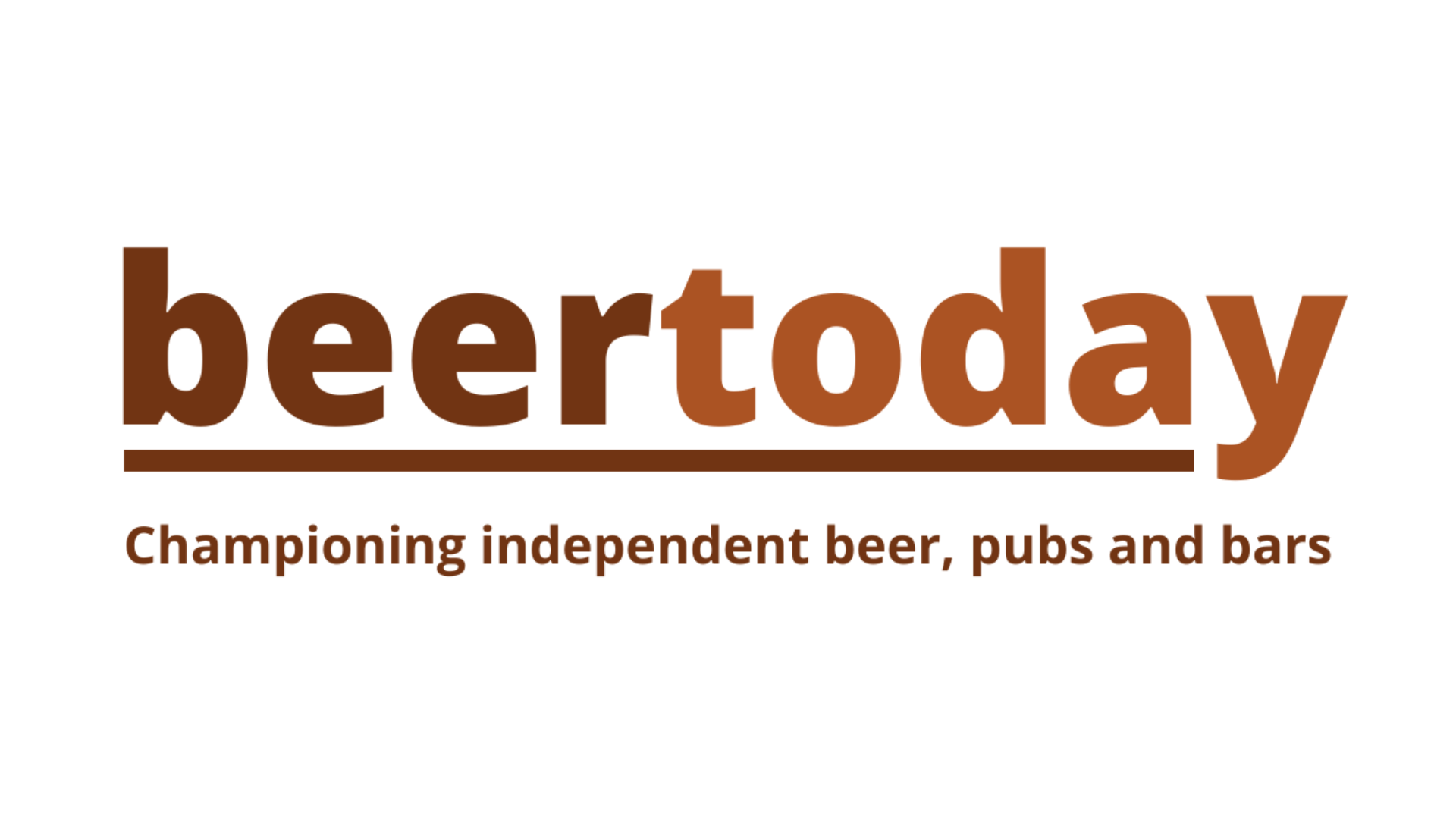Global brewers spend billions of pounds every year on labels for the necks of beer bottles, but new research indicates they might be wasting their money.
 Data from multiple eye-tracking studies carried out by PubLAB, based at Anglia Ruskin University, has been analysed to show how visual attention of shoppers is distributed around the beer bottle.
Data from multiple eye-tracking studies carried out by PubLAB, based at Anglia Ruskin University, has been analysed to show how visual attention of shoppers is distributed around the beer bottle.
The researchers found that the bottle neck label attracts less than 6% of total visual attention, compared to the main bottle label which attracts 90% of visual attention.
PubLAB’s Tim Froggett said: “The bottle neck label is a historic legacy. It originates from the late 19th century when drinkers took their own bottles to pubs and tied a label around the bottle neck to identify it as their own.
“This legacy has left a longstanding belief that the bottle neck label is an important component of beer branding. However, at point of purchase, the reality is that the neck labels are hardly noticed by shoppers.”
Based on estimated global beer sales of 322 billion bottles and an industry estimated cost of 1p per bottle neck label, that is a total spend of around £3 billion.
Premium beers, often from Belgium, use the bottle neck label to reinforce the brand’s heritage, while mass-market brewers simply replicate the brand symbol. However, some of the modern generation of brewers, such as Eight Degrees and Brew Dog, don’t use a neck label.
Tim, a senior lecturer in marketing at Anglia Ruskin University, added: “With incredibly tight margins on bottled beer sales, especially at retail, there is an opportunity for brewers to address the role that each element of packaging plays in the decision-making process.”

